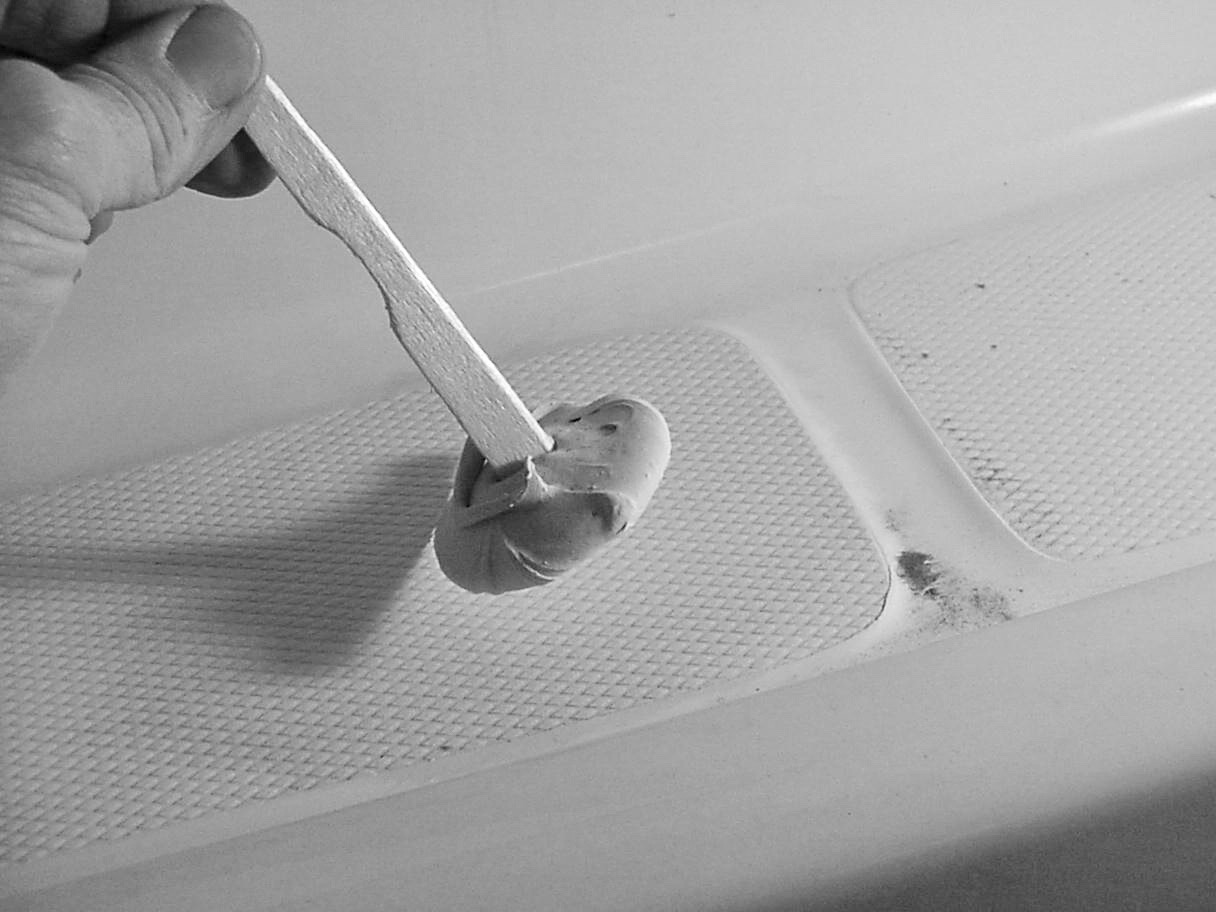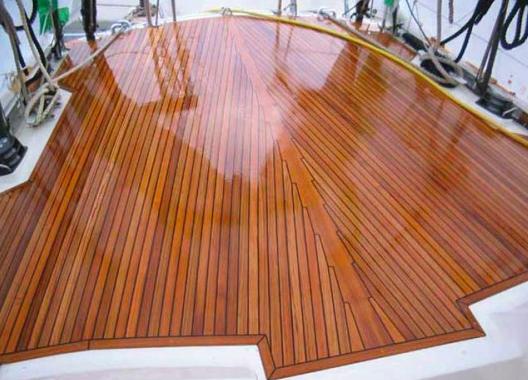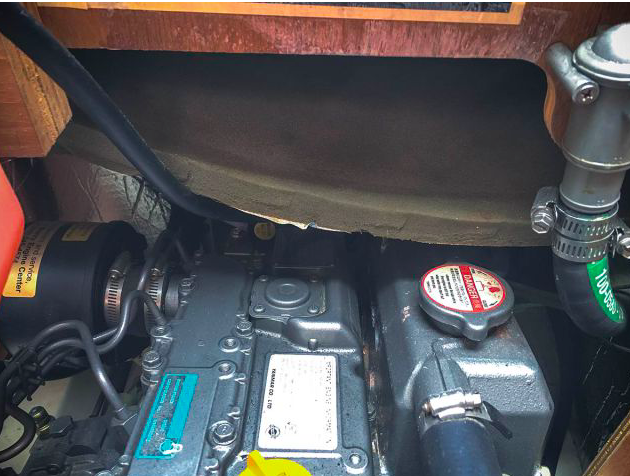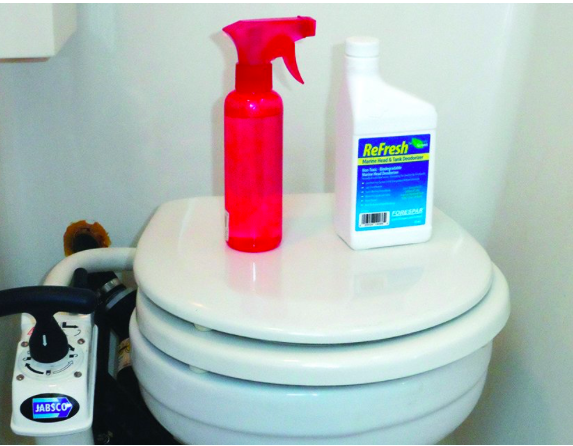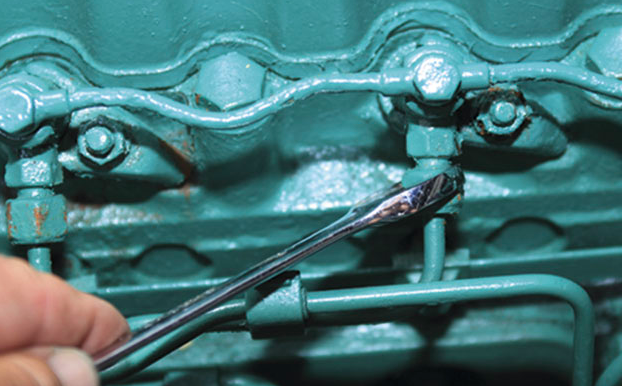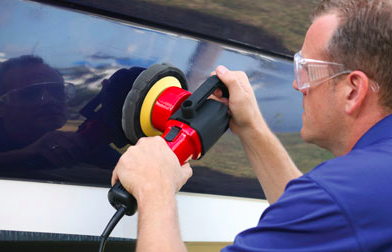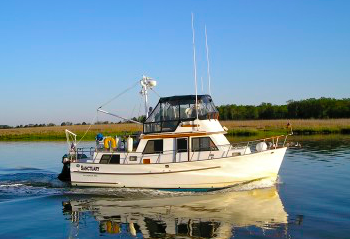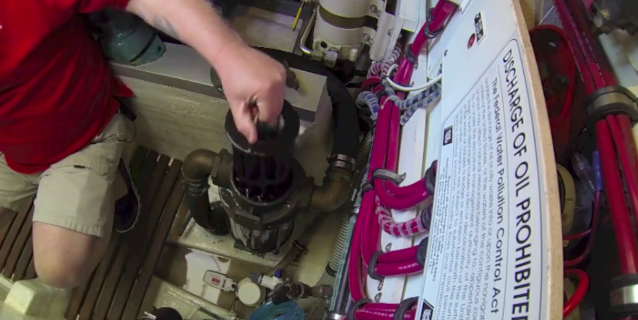All good things do come to an end, as the saying goes, and that certainly applies to the non-skid on your boat’s deck. Sooner or later, it will require more than a hard washing to make it look good again. And the problem is that old or cracking or worn-down non-skid is more than just a matter of looks. It’s also a matter of safety, of helping you keep your footing as you move around the boat. Repairing non-skid, however, is a big job. Here’s some great advice from Practical Sailor about to do it right, so it not only…
Browsing: Maintenance
There’s nothing quite as elegant, or as salty, as a teak deck. Whether on a brand new yacht or an ancient trawler, teak decks are a statement. You can look at them, and walk on them, with pride. Until…The problem is that teak decks do not just take care of themselves. (I know; I used to have a Grand Banks with enough teak to duplicate a Malaysian rain forest.) The normal care and feeding of teak, the slight sanding, the varnishing, the repeat sanding, the repeat varnishing, is well known. But there does come a time in the life of…
Ask any builder of modern cruising boats, and they’ll readily confirm that sound levels are extremely important to their owners and potential buyers. Not only at the helm and salon, but also even in the staterooms, particularly since many master staterooms now are located midships, just forward of the engine room. A noisy boat with a lot of decibels coming from the engine or the generator (or both) can make for an uncomfortable cruise; it makes talking difficult at best, and it can lead to a headache and a longing to return to the peace and quiet of home back…
A smelly head can put a damper on even the best cruise, particularly since it is often so hard to deal with. And boats with seawater flush are particularly susceptible to a buildup of hydrogen sulfide that leaves an odor that seems to linger on and on. So, what to do? Here’s some great advice from Practical Sailor about holding tank treatments, including those that have proven to work, and those that don’t. Take a look here: https://www.practical-sailor.com/blog/A-Simple-Solution-for-Boat-Toilet-Stink-12224-1.html?ET=practicalsailor:e34937:684905a:&st=email&s=p_Grabbag060317&omhide=true
Do you know what to do if your diesel exhaust suddenly turns grey? Or the engine loses power? Or overheats? Even if you do, here’s one of the best and most thorough stories I’ve seen about how to diagnose and fix most problems with a diesel engine. It’s great as a primer, if you’re new to diesels, and as a refresher, if you’re an old hand. And it covers all the bases, including how to bleed air from the injectors, drain a filter, and change an impeller. The graphics are clear and easy to understand. Take a look: http://www.yachtingmonthly.com/sailing-skills/diagnose-and-fix-marine-diesel-engine-problems-29940
Nothing is more disheartening than that faded-gelcoat look on a boat, particularly when it’s your boat. Time for a work order and a check at the yard (yikes, not another one!), or some elbow grease of your own. Because while a dull, faded hull is embarrassing, a bright, shiny, new-looking hull is a matter of great pride, something to aim for. Here are some tips from pros on how to get there, how to breathe new life into your old topsides, with great advice on everything from rubbing compounds to wet sandings to avoiding going too deep on thin-gelcoat areas…
It’s one of the most frustrating experiences I’ve ever had: A leaking window on the port side of the salon on my Grand Banks 36. It took forever to get it fixed, and even then every time it rained I held my breath to see if the leak would start again. I know I’m not alone in this. Many owners of cruising boats face the same problem, and experience varying degrees of success in fixing it. Here’s some very good advice from Jim Healy, who, with his wife Peg, has cruised more than 40,000 miles on their 1988 Monk 36…
Cleaning a sea strainer (or strainers, if you have two engines) isn’t brain surgery, but it is vital to the operation of your boat. A clogged strainer will ruin a cruise, or even a short outing away from the dock, in a real hurry. Make sure you know how to check and clean your strainer. It’s not hard, but here’s a good introduction if you’ve never done it before, or a fast refresher if you have. (And remember to close and then re-open the sea cock.) Take a look here: https://www.facebook.com/BoatUS/videos/vb.127893933900510/1136420499714510/?type=2&theater
The good news is that boating season, for those of us in the north, is just around the corner. The bad news, unless you’re really organized, is trying to remember everything you need to do to get your boat ready. Here’s where BoatU.S. is a big help. Take a look at their video, below, and then read – and print out – their spring commissioning checklist below that. Let them do the organizing for you: https://www.youtube.com/watch?v=zLbDpQZub7Y And here’s the checklist: http://www.boatus.com/seaworthy/spring_checklist.asp
Here’s one of the best videos or explanations of any kind that I’ve seen about how to set up your engine instruments to monitor fuel flow. This video is from a Ranger Tug 27 with a Volvo engine display and a Garmin chartplotter, but it gives you a good idea of what to look for no matter what kind of boat or engine you have. Take a look: https://www.youtube.com/watch?v=QV9KFcPanVI

